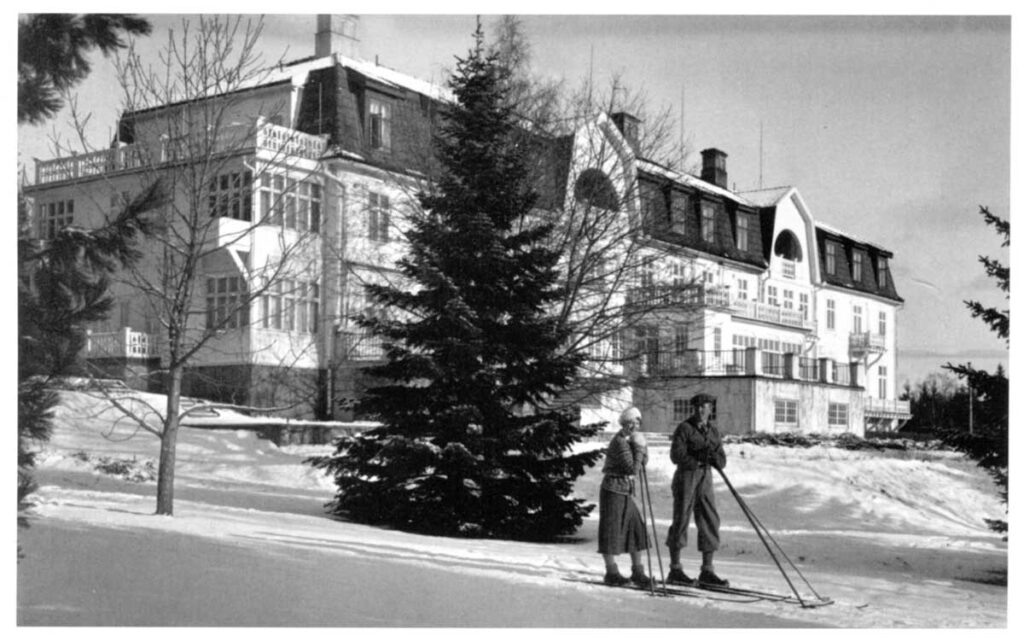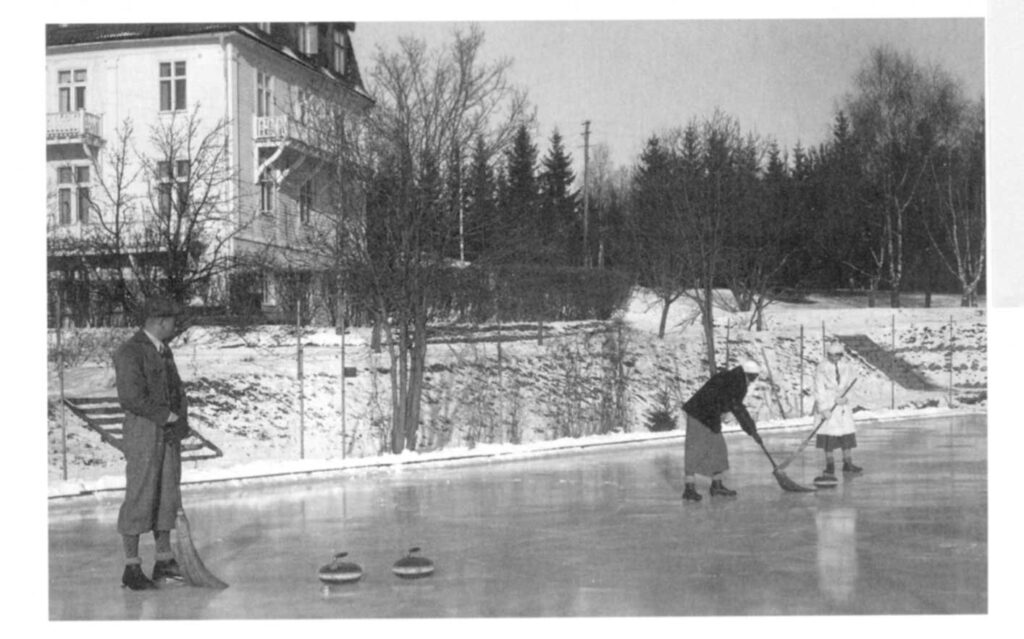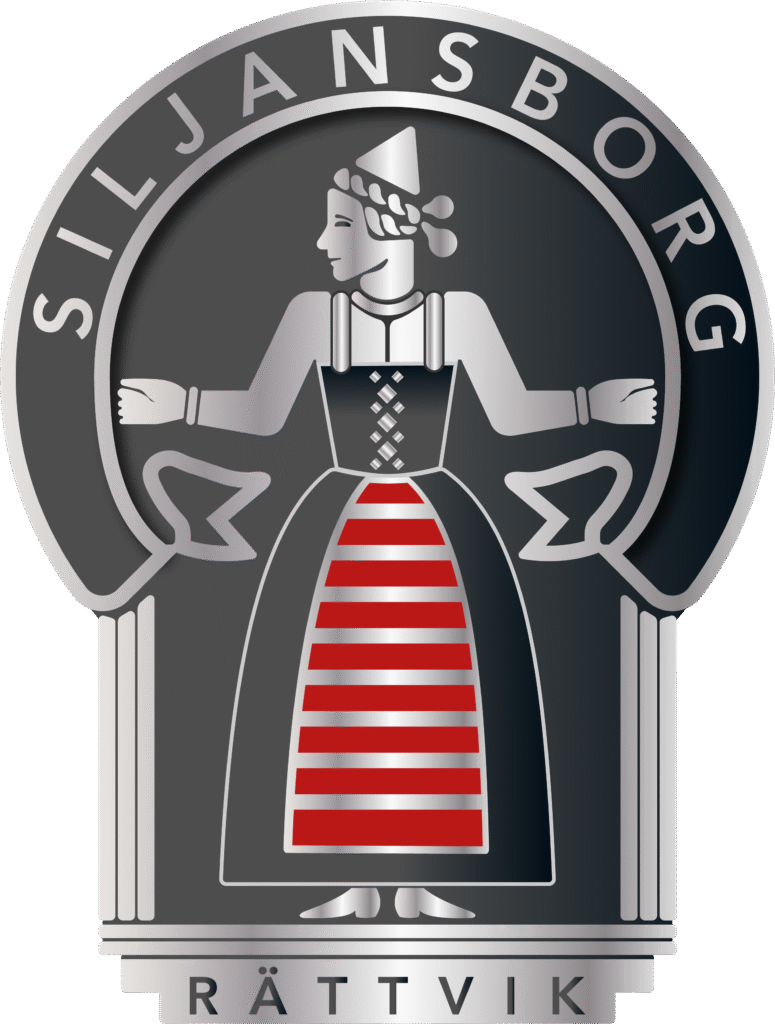History of the Village Sjurberg and Siljansborg
The name Sjurberg likely originates from “Siööbergh,” the old name for the area where present-day Sjurberg is located. In the 1600s, it was spelled “Siörberg” or “Sÿurberg.” Since the 1800s, the current spelling has been in use. Sjurberg has also been known as “The Village of Chimneys.” It is said that long ago, Sjurberg was used as pasture land by the neighboring village Vikarbyn. Cows and small livestock grazed the slopes down toward Lake Siljan.
As early as 1587, a farmer named Per Mårtensson from Vikarbyn is listed in the tax records as having cleared the rocky land and built a farm. By the late 1600s, there were four farms in Sjurberg, and by 1834 that number had grown to 18.
In 1897, there were still around 20 farms, but by 1917 that number had halved. This decline was partly due to the large wave of emigration to America, but also because Sjurberg was discovered by “upper-class tourists” – wealthy Stockholmers who had both time and means for leisure and recreation. It became fashionable to enjoy summer holidays in a true national romantic spirit.
One of the biggest drivers of this development was the improved transport connections. In 1890, the railway between Falun and Rättvik was completed, which opened up the Siljan region to tourism. The railway through Sjurberg passed right between the old farms.
A major shift happened when the large tourist hotels Persborg and Siljansborg were built in the early 1900s. For over 75 years, they left a significant mark on the village. What remains of that golden era today are two holiday cottage villages and privately owned homes. In the latter half of the 20th century, many modern-style homes were built – both for permanent and vacation use – creating today’s unique mix of old and new in the village of Sjurberg.
Siljansborg
Mrs. Hilder Jäde and Fanny Avellan were inspired by the success of the Persborg tourist hotel and decided to open a hotel of their own. Hotel Siljansborg was built on a hilltop with panoramic views over Lake Siljan – a three-story wooden building. It opened in 1909, targeting wealthy guests and was considered first-class accommodation. In the winters of 1911 and 1912, King Gustav V rented the entire hotel. French chefs worked there, and guests were expected to wear tuxedos to dinner.
In the 1920s, about half the guests came from abroad. Waitresses wore traditional folk costumes, giving visitors a chance to photograph the unique outfits. The hotel also arranged large folk dance performances.
In 1975, construction began on the current cabin village. The hotel and land were purchased by new owners with plans to renovate the hotel and build 24 modern apartments. 30 cabins were constructed, but the hotel never saw its revival – in 1982, it burned down and was later demolished.
Today, the cottage village is run by the Siljansborg Cottage Village Cooperative Association.
Text and images from the book “Sjurberg – A Village in Rättvik, Then and Now”

Ski trails outside Hotel Siljansborg

Curling rink outside Hotel Siljansborg
